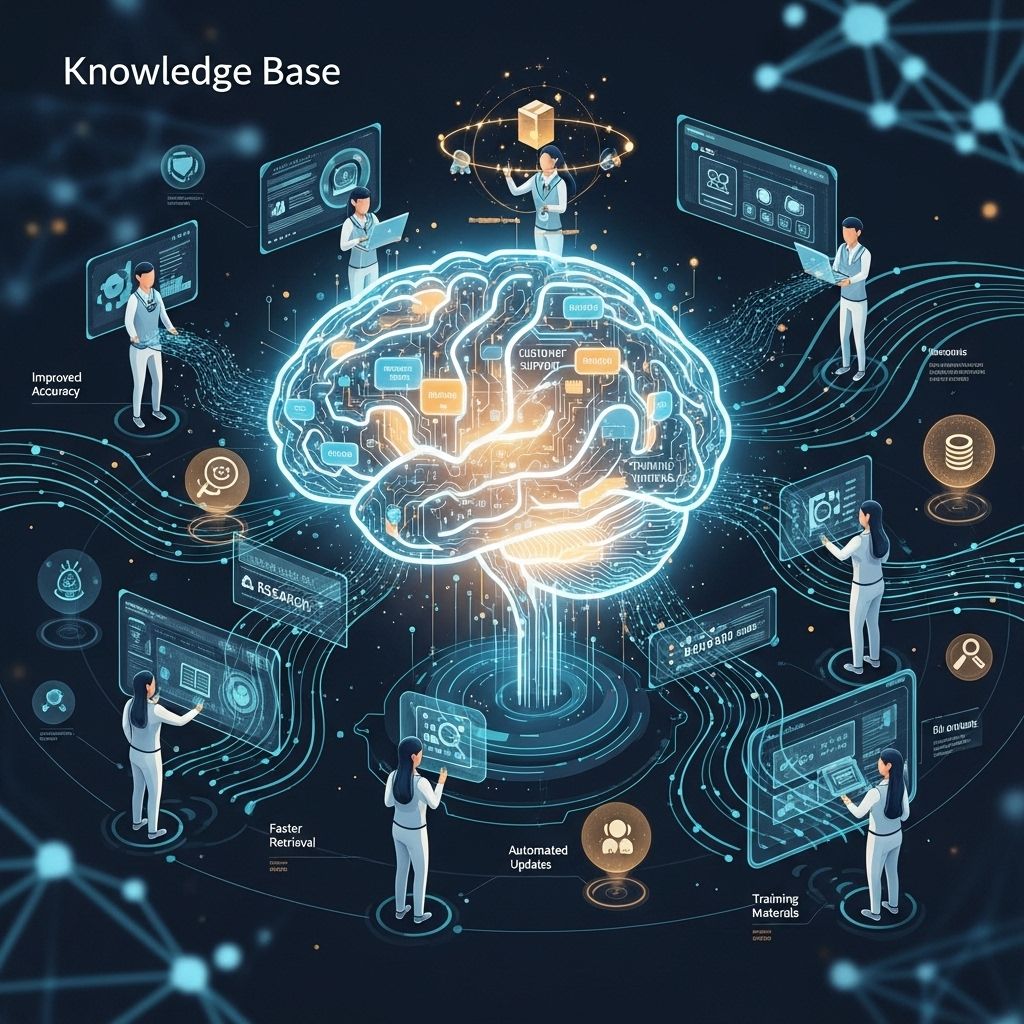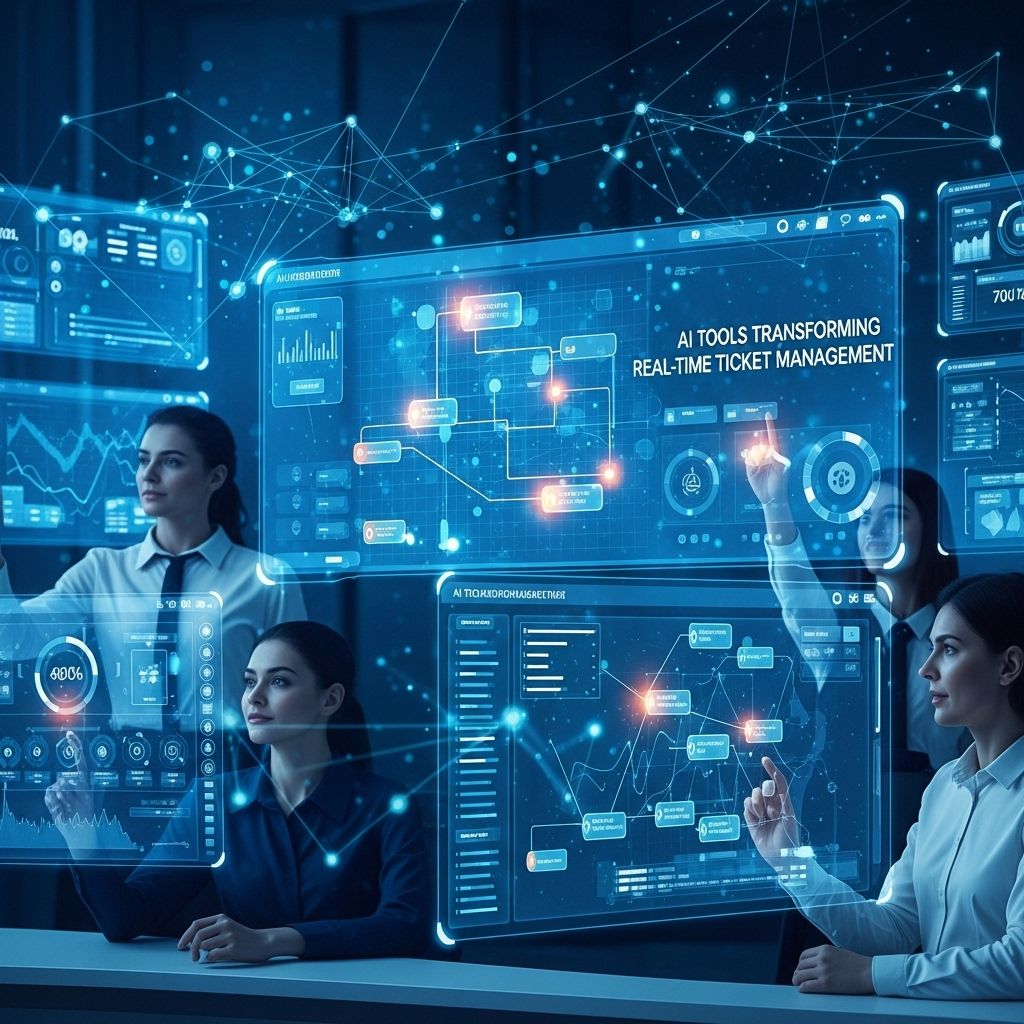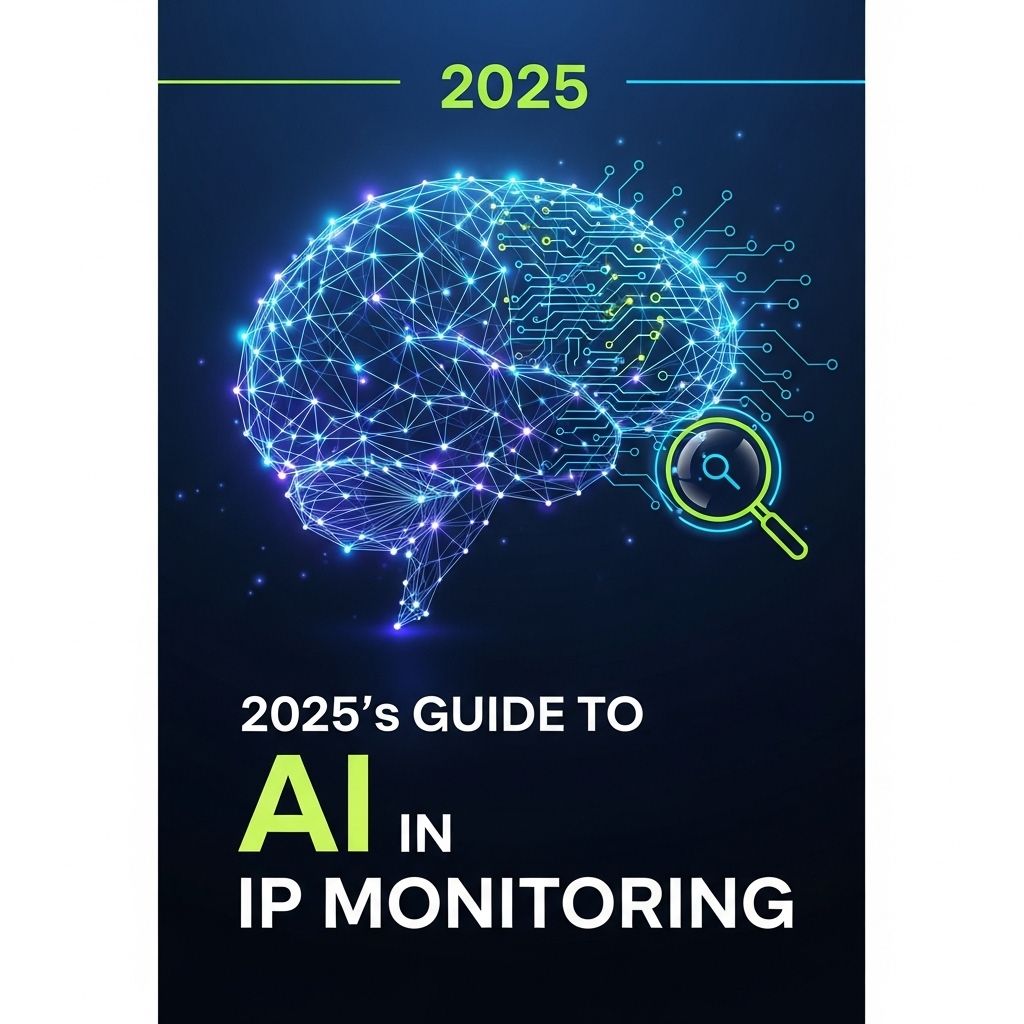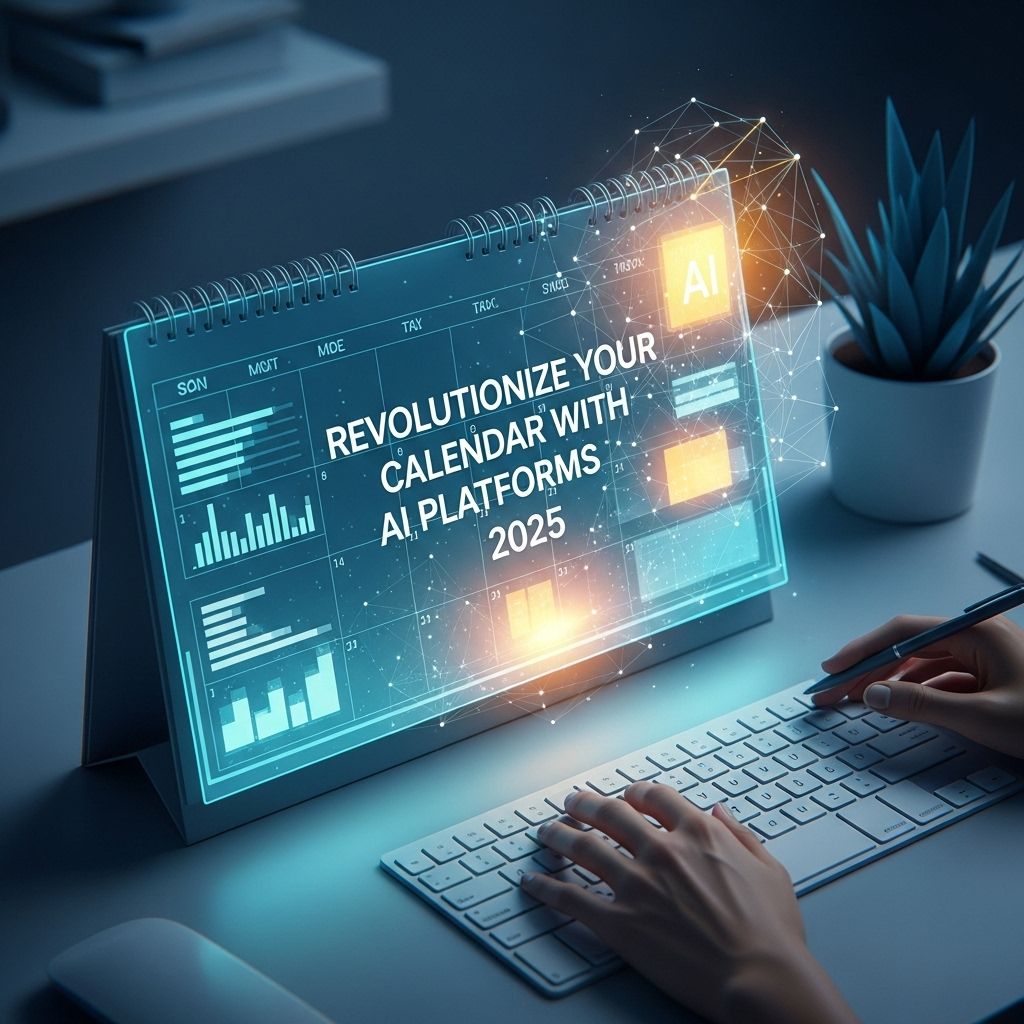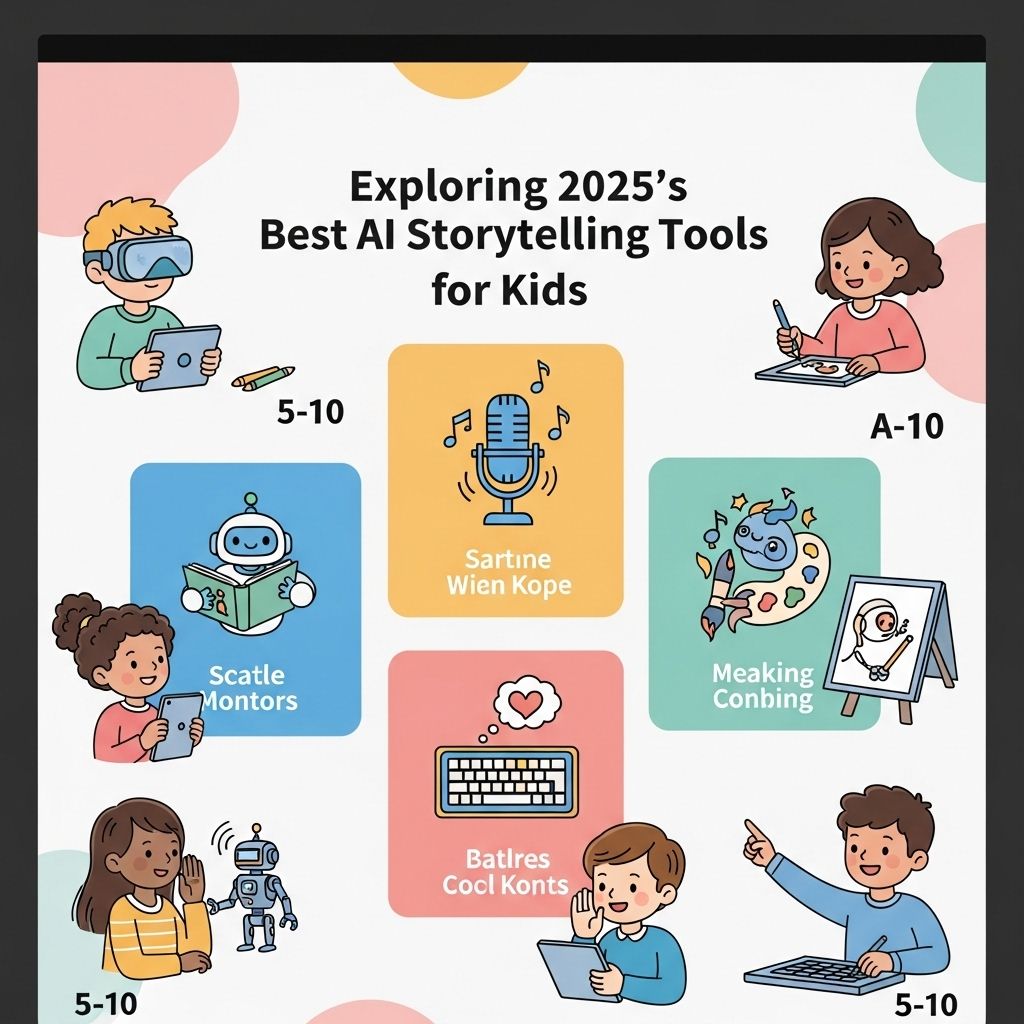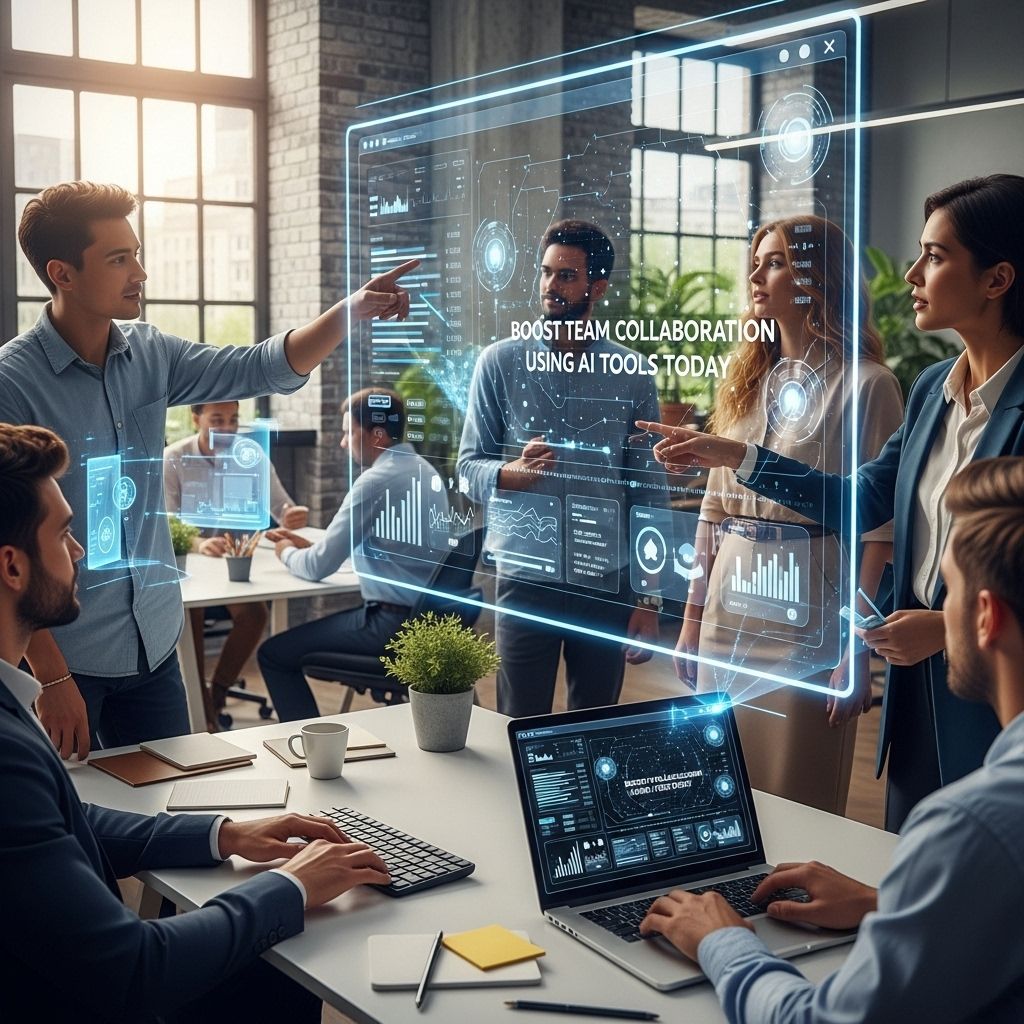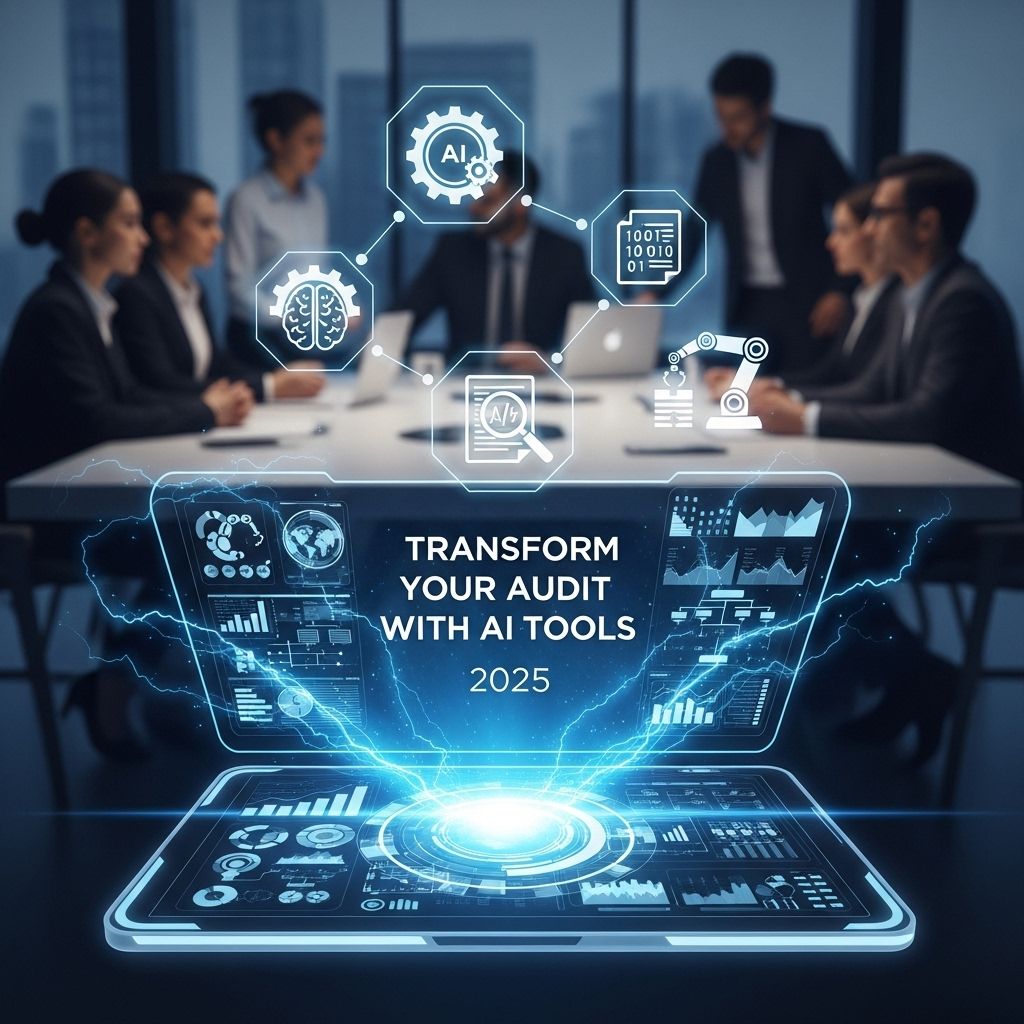Digital Twins: Revolutionizing Smart Infrastructure
Explore how digital twins are transforming smart infrastructure, enhancing efficiency, and driving innovation in urban planning and construction.

In the age of rapid technological advancement, the concept of digital twins emerges as a groundbreaking innovation, transforming how we interact with the physical world. Digital twins are virtual replicas of physical systems, allowing for real-time monitoring, analysis, and optimization. This article delves into the multifaceted realm of digital twins, their applications, and their role in shaping the future of smart infrastructure.
Table of Contents
Understanding Digital Twins
A digital twin is more than just a digital model; it is a dynamic representation of a physical asset, process, or system that is continuously updated with real-time data. The synergy between the physical and digital realms enables organizations to simulate, predict, and optimize performance.
Key Components of Digital Twins
- Data Collection: Sensors gather data from physical assets, providing insights into performance and condition.
- Models: Advanced algorithms and machine learning create simulations based on collected data.
- Analytics: Data is analyzed to gain insights, predict outcomes, and optimize processes.
- Visualization: Dashboards and interfaces provide intuitive representations of data and simulations.
Applications of Digital Twins in Smart Infrastructure
Digital twins are revolutionizing various sectors, particularly in infrastructure development and management. Here are key applications:
1. Urban Planning
Digital twins assist city planners in creating efficient urban environments by allowing simulations of traffic flow, public transport systems, and energy consumption. This data-driven approach can lead to:
- Reduced traffic congestion
- Improved public transport efficiency
- Lower energy consumption
2. Building Management
In smart buildings, digital twins facilitate real-time monitoring of systems such as HVAC, lighting, and security. Benefits include:
- Enhanced energy efficiency
- Predictive maintenance to avoid costly repairs
- Improved occupant comfort
3. Infrastructure Monitoring
Digital twins can be used to monitor the structural health of bridges, roads, and other infrastructure. This application can significantly reduce the risk of failures by:
| Monitoring Aspect | Benefits |
|---|---|
| Structural Integrity | Early detection of wear and tear |
| Load Management | Optimization of maintenance schedules |
| Environmental Impact | Data-driven decision-making for sustainability |
Benefits of Implementing Digital Twins
Integrating digital twins into infrastructure projects offers numerous advantages:
1. Cost Savings
By leveraging data analytics, organizations can identify inefficiencies and reduce operational costs, leading to significant savings in the long run.
2. Enhanced Decision-Making
With real-time insights, decision-makers can adopt a more proactive approach to management and strategizing.
3. Increased Collaboration
Digital twins foster collaboration among stakeholders, including engineers, architects, and city planners, leading to more cohesive project outcomes.
Challenges in Digital Twin Implementation
Despite the numerous advantages, there are challenges to consider:
1. Data Security
With the extensive data collection involved, ensuring cybersecurity is paramount to protect sensitive information.
2. Integration Complexity
Combining multiple data sources and systems can be challenging, requiring sophisticated IT infrastructure.
3. Skill Gap
Organizations may face a shortage of skilled professionals capable of managing and analyzing data from digital twins.
The Future of Digital Twins in Smart Infrastructure
As technology continues to evolve, the potential for digital twins will expand exponentially. Future trends may include:
1. Integration with IoT
The Internet of Things (IoT) will enhance digital twins, enabling even more granular data collection and deeper insights.
2. AI and Machine Learning
Advanced algorithms will enable predictive analytics, helping to foresee issues before they arise and optimize performance.
3. Sustainability Initiatives
Digital twins will play a crucial role in sustainable infrastructure, enabling cities to monitor and manage their environmental impact effectively.
Conclusion
Digital twins represent a significant leap forward in the management and optimization of smart infrastructure. As more organizations recognize the value of real-time data and analytics, the adoption of digital twin technology is set to rise. By addressing challenges and integrating innovative solutions, we can harness the full potential of digital twins for a more efficient, sustainable future.
FAQ
What is a digital twin?
A digital twin is a virtual representation of a physical object or system that simulates its behavior, performance, and characteristics in real-time.
How do digital twins improve smart infrastructure?
Digital twins enhance smart infrastructure by enabling predictive maintenance, optimizing resource use, and improving decision-making through real-time data analysis.
What industries are benefiting from digital twins?
Industries such as manufacturing, healthcare, transportation, and smart cities are leveraging digital twins to enhance efficiency, reduce costs, and improve services.
What technologies are used to create digital twins?
Digital twins are created using IoT sensors, data analytics, artificial intelligence, and modeling software to replicate and monitor real-world systems.
Can digital twins be used for sustainability?
Yes, digital twins can help organizations achieve sustainability goals by optimizing energy consumption, reducing waste, and facilitating better resource management.
What is the future of digital twins in smart infrastructure?
The future of digital twins in smart infrastructure includes advancements in AI, machine learning, and integration with smart city initiatives to create more resilient and efficient urban environments.

